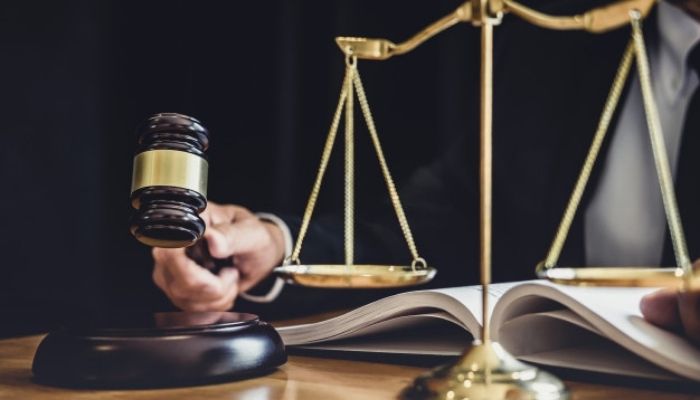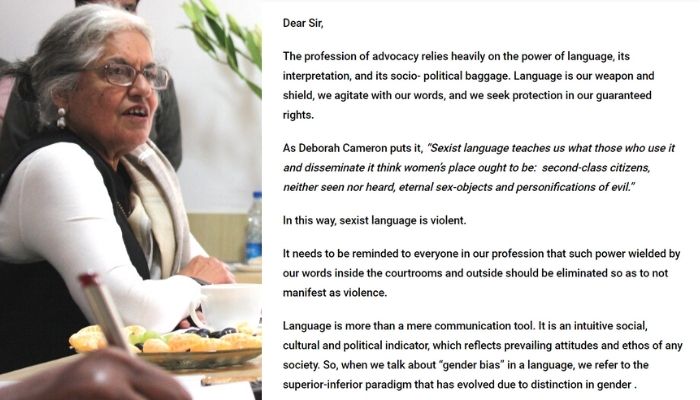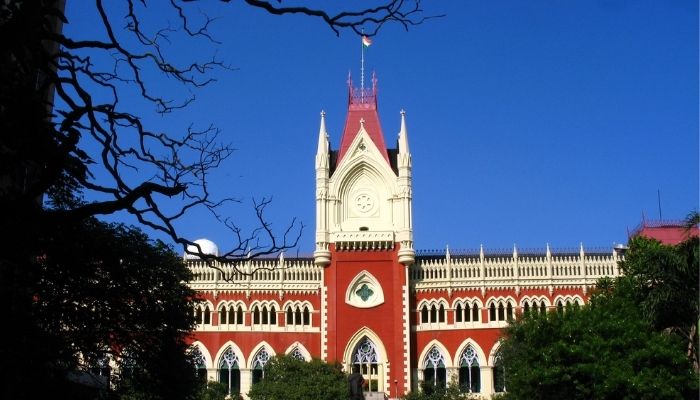Written by: Sheena Verma
A recent report by Smashboard, a New Delhi and Paris-based non-profit, stated that female representation in the Indian judiciary is dismal, and that’s keeping sexism alive. The report came out just days after the passing of US Supreme Court Justice Ruth Bader Ginsburg, one of the most popular feminist icons in the States.
The report also highlighted that India has never seen a woman Chief Justice of the Supreme Court. As of September 2020, there are only 78 women judges in all of the High Courts against a total sanctioned strength of 1079 judges. To put this number in perspective, women account for only seven percent of the total strength, with at least six High Courts without any women judges. Things are equally bad in the Supreme Court with only two women judges as against a total strength of 34 judges.
How Does Gender Exclusivity Impact The Working of the Courts?
The negative impact of this lack of representation is very well reflected in the sexist and ignorant conduct of the judges. A case in point is the recent order of the Madhya Pradesh High Court granting bail to the accused in a sexual harassment case on the condition that he would request the victim to tie rakhi on him.
Not only is this order insensitive towards the victim’s trauma, it also makes a mockery out of an offense as grave as sexual harassment. The order creates an unpleasant situation in which the victim will have to be in the same room as her perpetrator. An appeal has been filed against this order in the Supreme Court, stating that the order is against the principle of law. The Attorney General of India, KK Venugopal, also commented on the issue saying that there is a need to gender-sensitize and educate the judges.

Unfortunately, there have been numerous other instances where judges have displayed sheer ignorance towards victims who are women. A Karnataka High Court Justice, while granting bail to the accused in a rape case, stated that it is “unbecoming of an Indian woman to sleep after rape” because that is “not how our women react”. The constant dictation of terms on how women should respond to sexual abuse is extremely problematic.
In 2017, the Punjab and Haryana High Court granted bail to three rape convicts, stating that the victim’s statements stemmed from a ‘promiscuous attitude’. A 2018 study conducted by National Law University, Delhi analysed 50 rape cases heard before the Supreme court. The study revealed that judges often have a stereotypical perception of rape victims. It also found that the presence of a female judge on the bench led to a sharp decline in sexist comments.
The Indian Courts As A Workplace for Women
The insensitive conduct prevalent in the courts also raises questions on how the institution treats its women workers. Ungender spoke to some women advocates who are currently practicing in the higher courts.
“How I look matters more in court than my capabilities as an advocate. The senior Advocates would recognize me better only when I look beautiful”, says a junior advocate practicing in the Supreme Court.
Another Junior Advocate practicing in the Punjab and Haryana High Court shared her experiences.
“We [women advocates] are always taken for granted, be it by our male colleagues or by the judges. Even while arguing, male advocates often cut us off without sufficient cause, and the judge barely ever interrupts. Whenever a lady advocate tries to make a name for herself, people start spreading baseless rumours to defame her. Things are even worse if you’re a first-generation lawyer.”
Even some of the most experienced and reputed advocates have been taken for granted because they’re women. In 2019, Senior Advocate Indira Jaising wrote an open letter to the then Chief Justice of India, elaborating on how the Indian courts operate with casual sexism.

She shared her insights on how the judges tacitly accept and nurture misogynistic phraseology used by her colleagues in the courts. Needless to say, this is even more common in the lower courts. This will inevitably affect the mindset of thousands of young women aspiring to become advocates and judges.
Naturally, such incidents are not limited to just advocates. The complainant who raised charges of sexual harassment against former CJI Ranjan Gogoi was a Junior Court Assistant in the Supreme Court. The manner in which the allegation was handled and disposed off was severely criticised by the legal fraternity. This was mainly because of two reasons, first, Gogoi defied the principles of natural justice by being the judge in his own case, and second, the report of the in-house committee was never released in the public domain, even after an RTI application.
According to the complainant, the committee did not follow the sexual harassment law or the Vishakha guidelines that the Supreme Court had itself issued. It makes one wonder whether we have established a regime where a judge is almost immune to the rules its own institution is passing.
Even if the GSICC of the Supreme Court does not have the authority to question the Chief Justice of India, the essence of the POSH Act should be respected and followed.
Conclusion
One cannot help but be reminded of the sexist treatment meted out to Marcia Clark, the lead prosecutor in the OJ Simpson trial, also known as the trial of the century. The trial was the epitome of courtroom sexism. Clark faced everything from being mocked for her hairstyle during the proceedings to the media writing about the kind of skirt she wore. Every little detail of her private life was scrutinised and nothing was done about it.
Twenty-five years later, all of that still holds true for every woman advocate in India. The important question to ask here is, would things be different if there were more women judges on the bench? The courts must realise the huge responsibility that they bear in establishing a safe and inclusive environment for women.
The judges’ role in furthering the cause of gender equality at the workplace is pivotal. They should be trained extensively in using gender-inclusive language in the courts. Apart from that, the higher courts should ensure that there is at least one lady judge on the bench dealing with cases of verbal/physical sexual abuse.
As mentioned above, judges often resort to victim blaming, and passing insensitive comments which may discourage other survivors from taking legal action. It is instances like these that make us realise how crucial it is to improve the state of gender diversity in our courts.
About the author: Sheena Verma is a third-year student at National Law School, Punjab with an interest in gender laws and competition law.
_
All images have been used for representation purposes.
Indira Jaising’s Image: UN Women Asia And The Pacific/Flickr
Calcutta High Court: Avrajyoti Mitra/Flickr
Ungender Insights is the product of our learning from advisory work at Ungender. Our team specializes in advising workplaces on workplace diversity and inclusion. Write to us at contact@ungender.in to understand how we can partner with your organization to build a more inclusive workplace.










